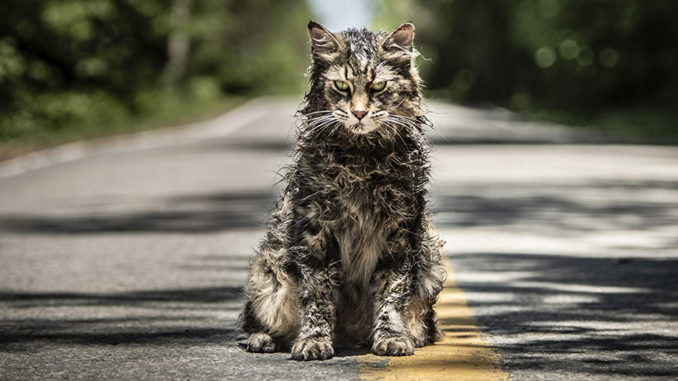
For whatever reason, the fact that Pet Sematary was being remade this year just wasn’t sticking with me. Like everyone else, I saw the initial trailer back in October of 2018, when it was first released, and I was excited in a distant, I have so much time before that comes out, kind of way.
Fast-forward to yesterday, it’s opening weekend, and as I was getting ready to check my local listings, I realized that it’s probably been at least 10 years since I’ve seen the original. Tangentially, I also realized that I had also forgotten pretty much every single moment of the trailer I’d watched back in October. It’s weird and probably doesn’t say anything positive about my mind, body, or soul, but it’s the truth I’m burdened by. So, pitter patter: I rewatched the original yesterday and today, armed with appropriately refreshed memories, I went to see the 30th anniversary remake of Pet Sematary.
Here’s what I have to say about it: It was good. It was really good. And not only would it be a really good movie entirely on its own merit, but with the added context of the 1989 original mixed in, it’s even better.
Attempting not to give anything meaningful away, this year’s Pet Sematary—written by Matt Greenberg and Jeff Buhler and directed by Kevin Kölsch and Dennis Widmyer—addressed practically all of the pain points I felt with Mary Lambert’s original adaptation, manipulating them in every case necessary to better suit the screen.
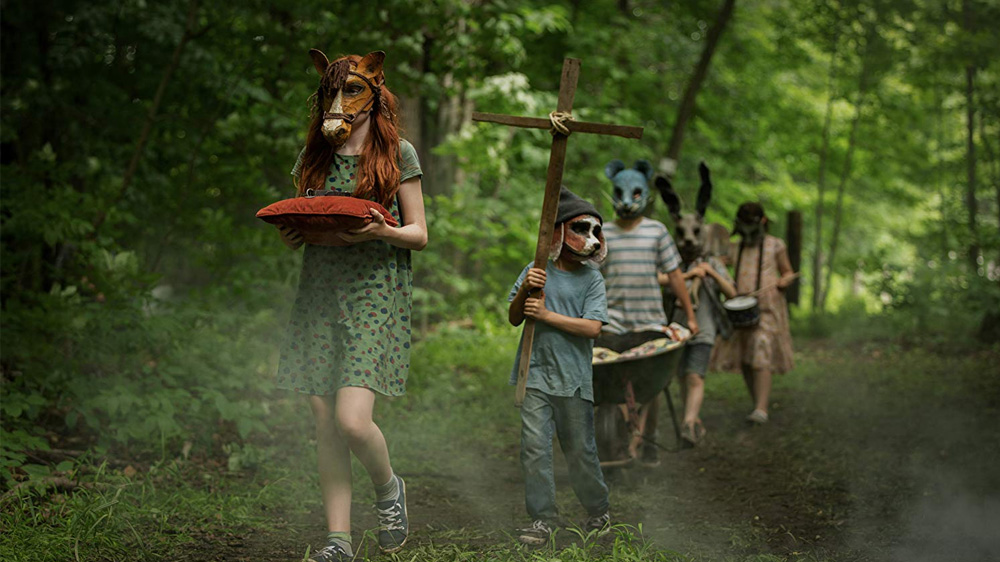
I’ve never read Stephen King’s Pet Sematary, so I can’t meaningfully speak about how faithful either of these films were to their source text. But I can say that I’m familiar with (and a fan of) King’s other work and even if you’re not, you’re surely aware of how dense these texts can be. Bursting with hundreds upon hundreds of pages of terror-inducing imagery, it’s exactly that density and wealth of carefully detailed imagination that makes them so attractive to bring to the big screen.
BUT! There’s more than one way to make a novel into a movie, and not all of them are created equally. Sometimes filmmakers take a lighter hand with their borrowing, making a film that uses the novel’s story more as a sandbox than a blueprint. Other times, filmmakers work to create a visually accurate version of exactly what’s written on the page. Though there are plenty of successful examples of both, each approach can be equally dangerous.
That’s why my favorite adaptation style, and one that I feel like we’re seeing more and more of nowadays, is a third approach that leads with the format—the filmmaking—rather than the novelized version of the story. This is what Kölsch and Widmyer do with their Pet Sematary: They let film as a format dictate how King’s story is changed from the page and adapted to the screen, rather than creating a direct visual translation of his written work.
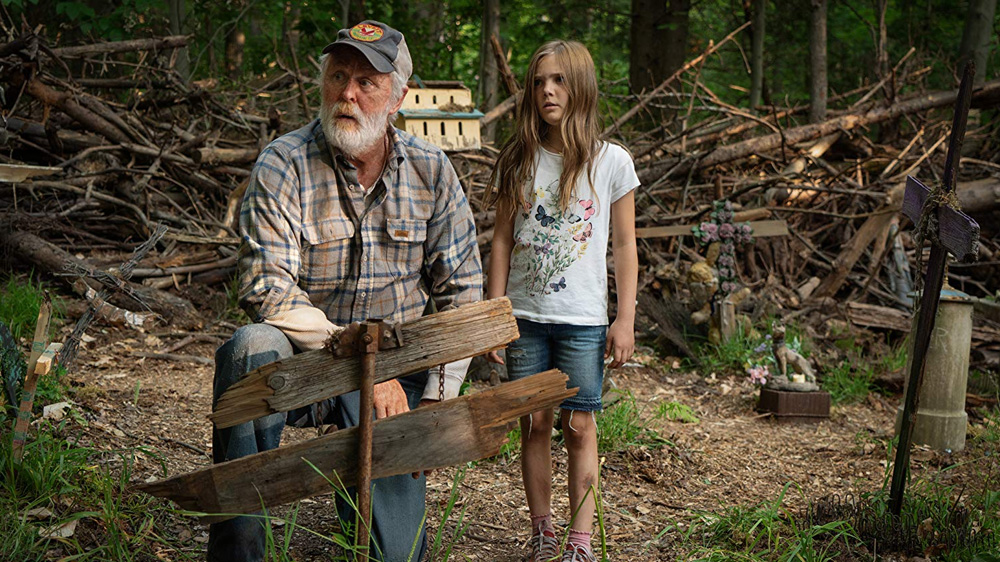
This is absolutely exemplified in that their movie follows the golden rule of filmmaking—show, don’t tell—much more earnestly than Lambert’s original. A small but important example of this is in the treatment of Rachel’s past with her sick sister, Zelda.
In Lambert’s film, we learn about Zelda’s disease and death and young Rachel’s part in all of it in one long monologue brought on by almost nothing and delivered by Rachel in such a way that kind of paints her, at least in that moment, as an unhinged psychopath, even though it’s really not supposed to.
By contrast, Kölsch and Widmyer start with a more coherent setup for Zelda’s introduction that begins with a conversation about death between both parents and Ellie instead of just between Louis and Ellie with Rachel only overhearing. This cleaner, less complicated setup allows for Zelda’s much more gradual introduction, which happens on-screen by way of Rachel’s short visual flashbacks rather than through a long and intense and maybe also intensely crazy monologue.
The filmmakers also modified Zelda’s death from how it was described in Lambert’s original, and I can attest that the changes were terrifying because I actually got to see them happen rather than listen to someone explain them to me. You know, like in a movie. If you can show something in your film—especially when that something is a sadly but violently ill and deformed monster, ripe with horror sequence potential—you have a responsibility to your audience to show it, and Kölsch and Widmyer delivered on that time and time again.
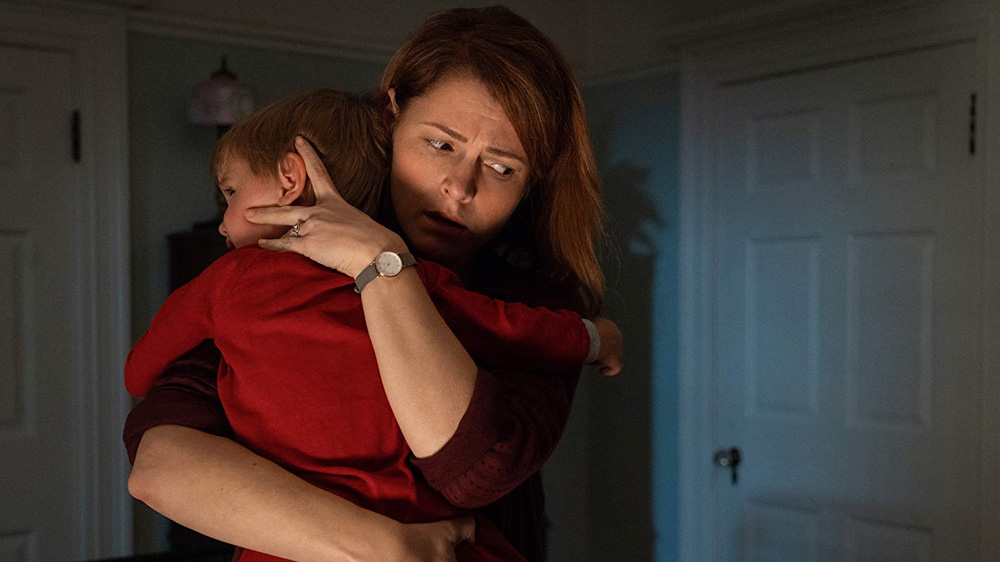
This is just a single example—I could keep pointing out places where this year’s Pet Sematary iterated on the original just enough in just the right ways to make it a better and specifically more cinematic treatment of King’s story, but I’d spoil the whole thing. Suffice it to say that even the film’s most major deviation (which you may or may not already know about, but I won’t be revealing) not only works, but is also the film’s best and most impactful change, centering what ultimately amounts to a much more satisfying climax, conclusion, and overall experience.
All of this, and I haven’t even touched on so many of the equally impressive parts of the composition. The cinematography was engaging and clean, done by Laurie Rose (who has worked on the wonderful Peaky Blinders, which is a show you should watch if you’re not already). The acting was also superb, especially in the case of Jason Clarke’s much more human Louis, Amy Seimetz’s much more grounded and characterful Rachel, and Jeté Laurence’s dynamic and mature performance of Ellie. John Lithgow was also a major highlight, being everything that the character Jud should be and then some.
I could really go on and on about how much I dug this movie and why, but I can’t bear to spoil anymore of it, so please go buy a ticket and see for yourself. It’s incredibly worth it and also worth it, I promise.
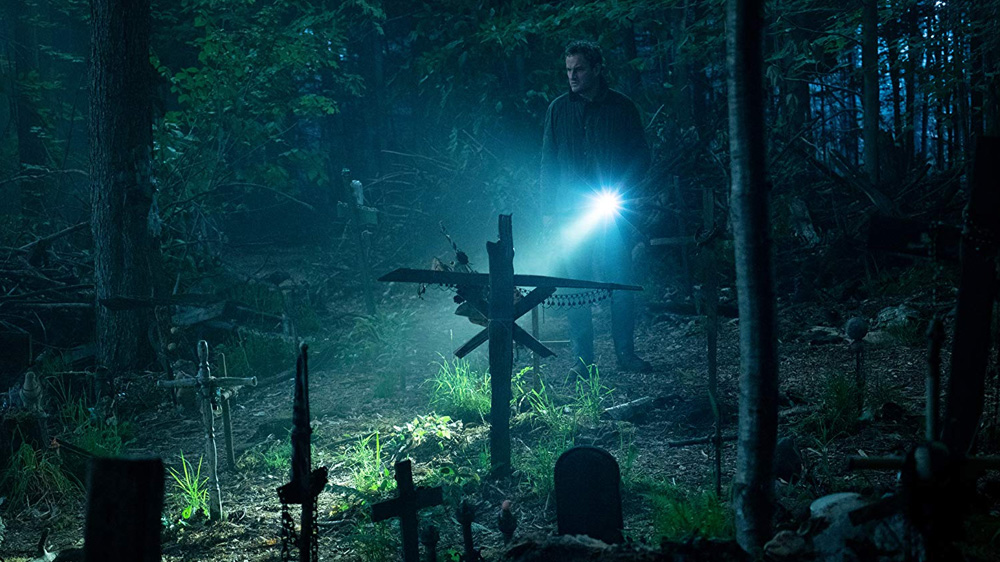


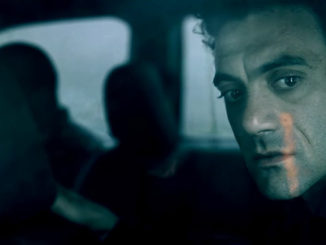
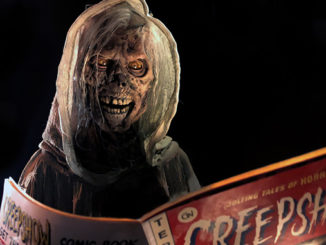
Be the first to comment